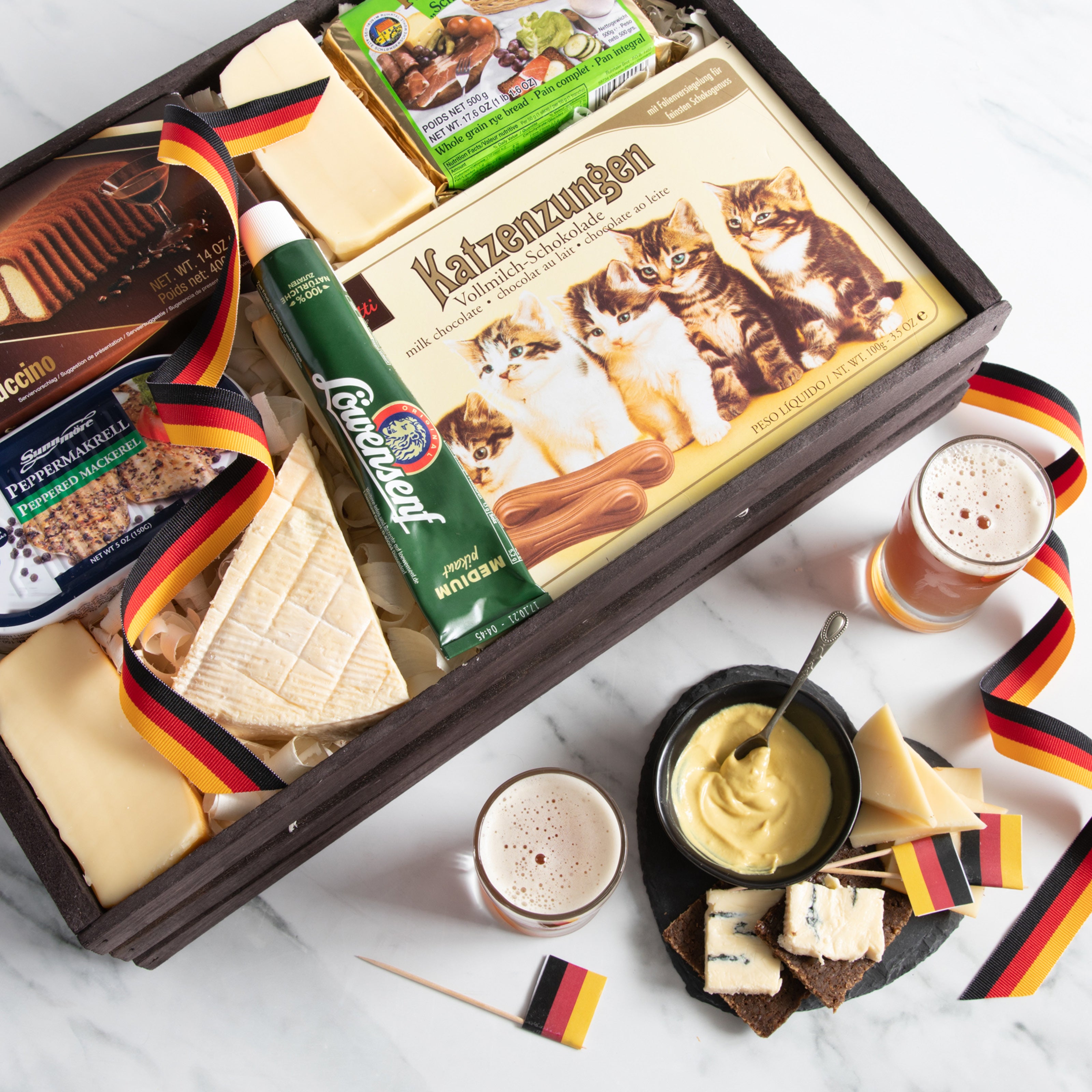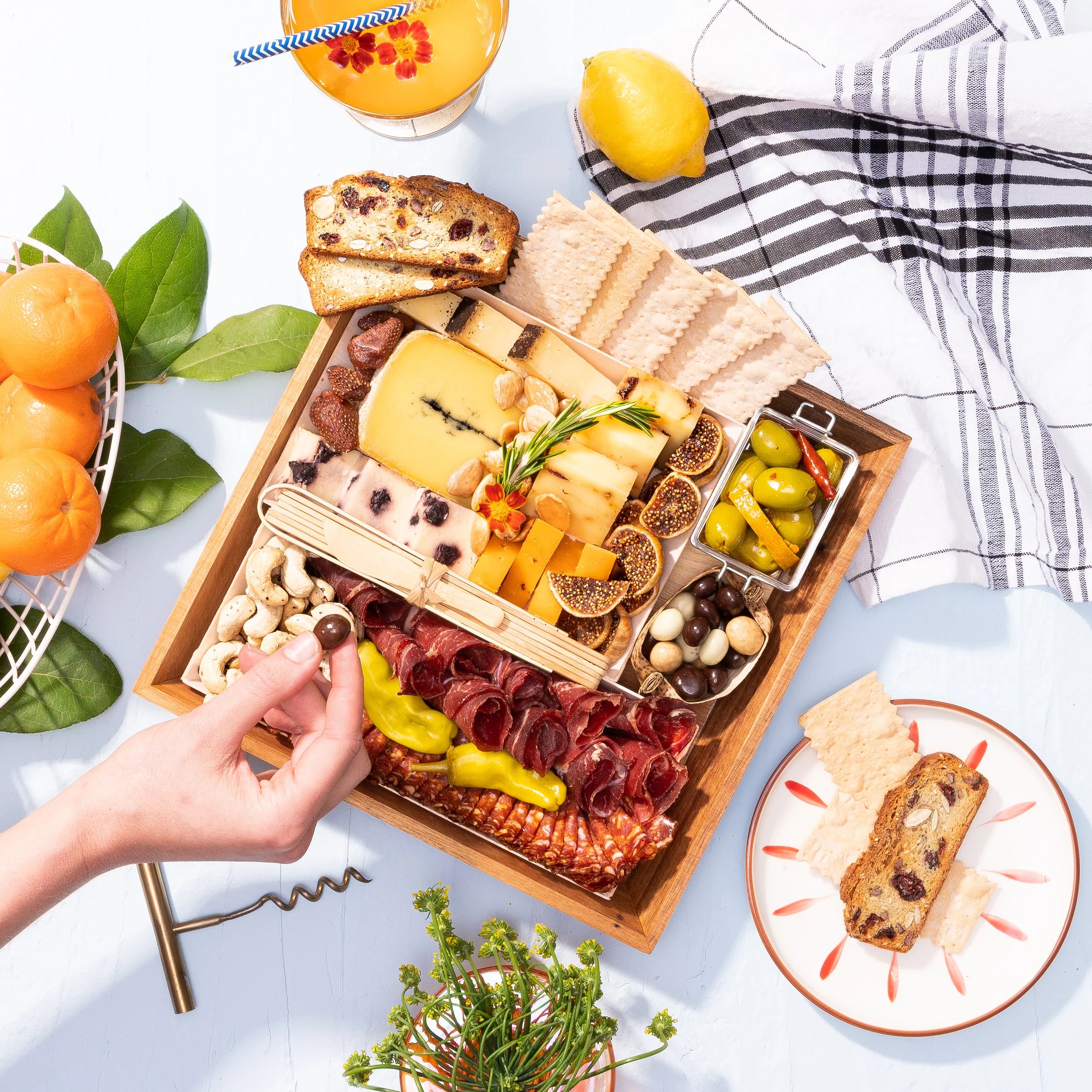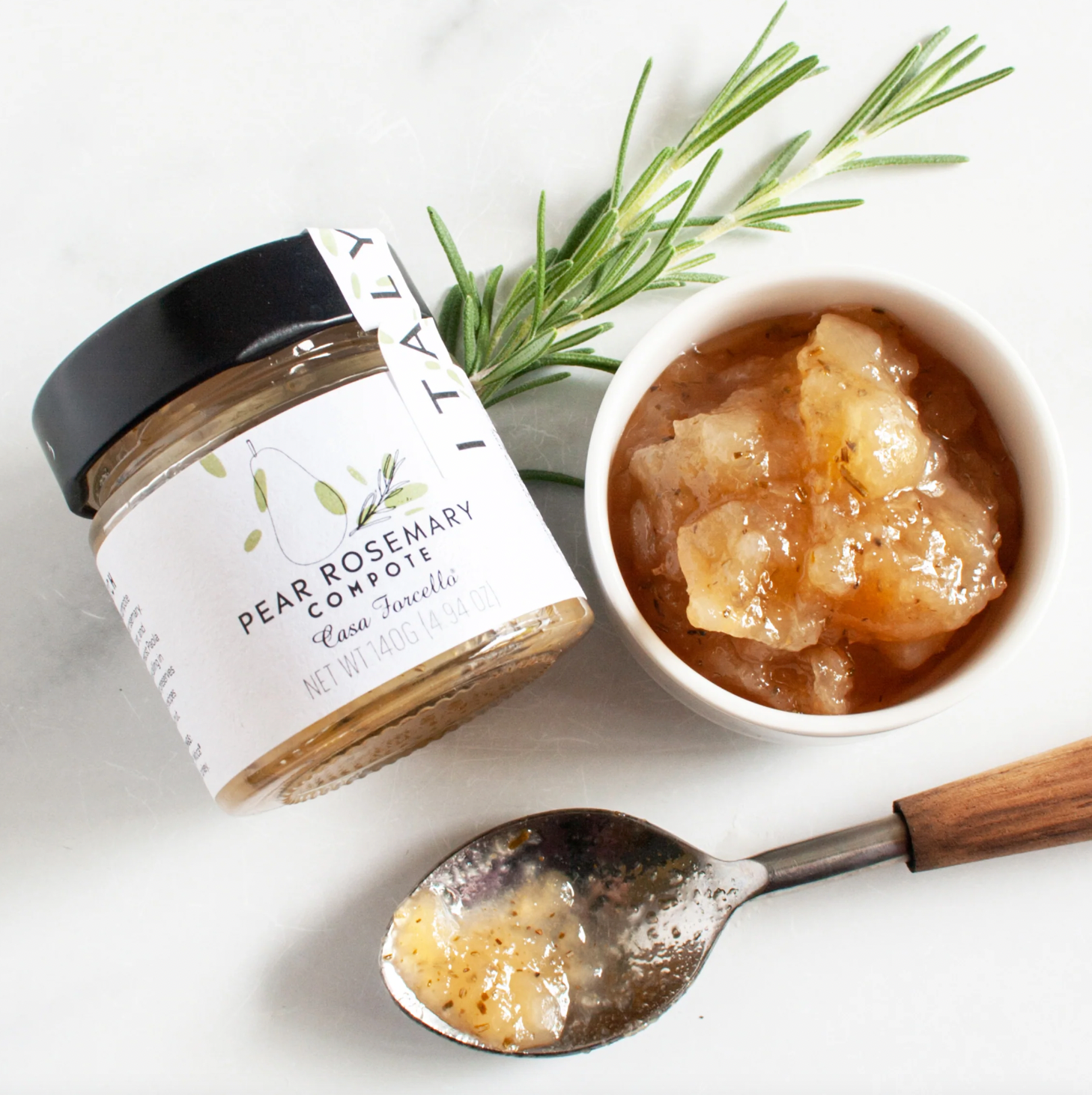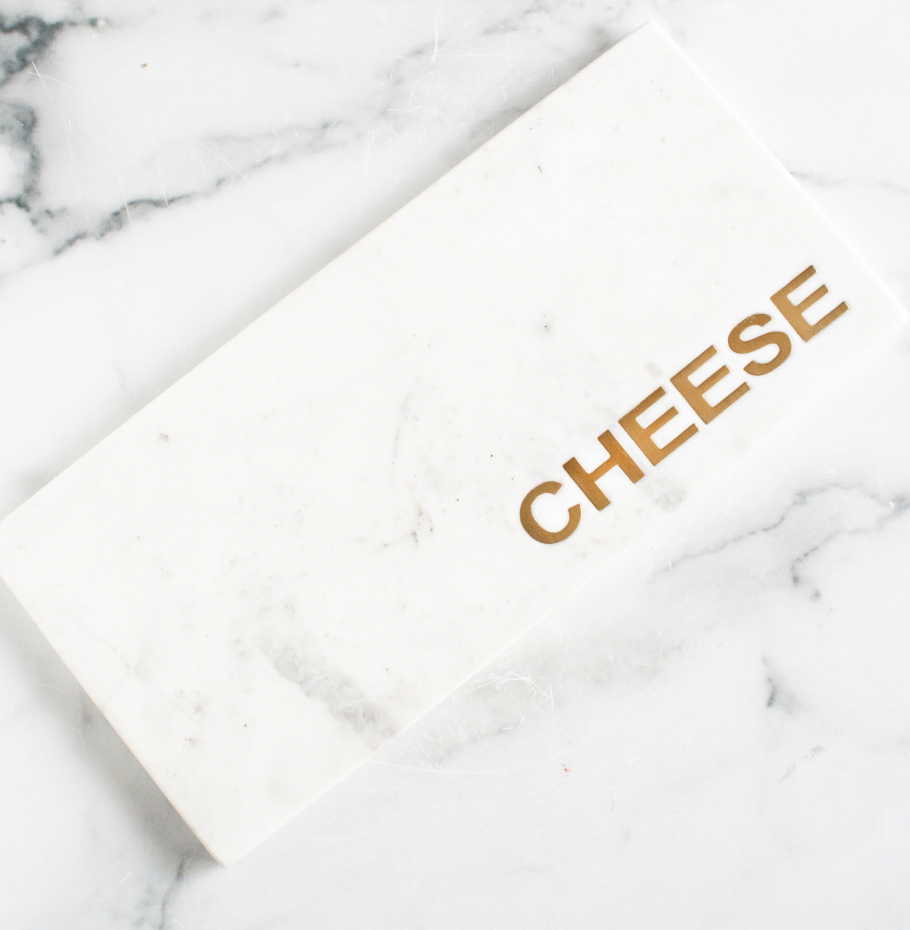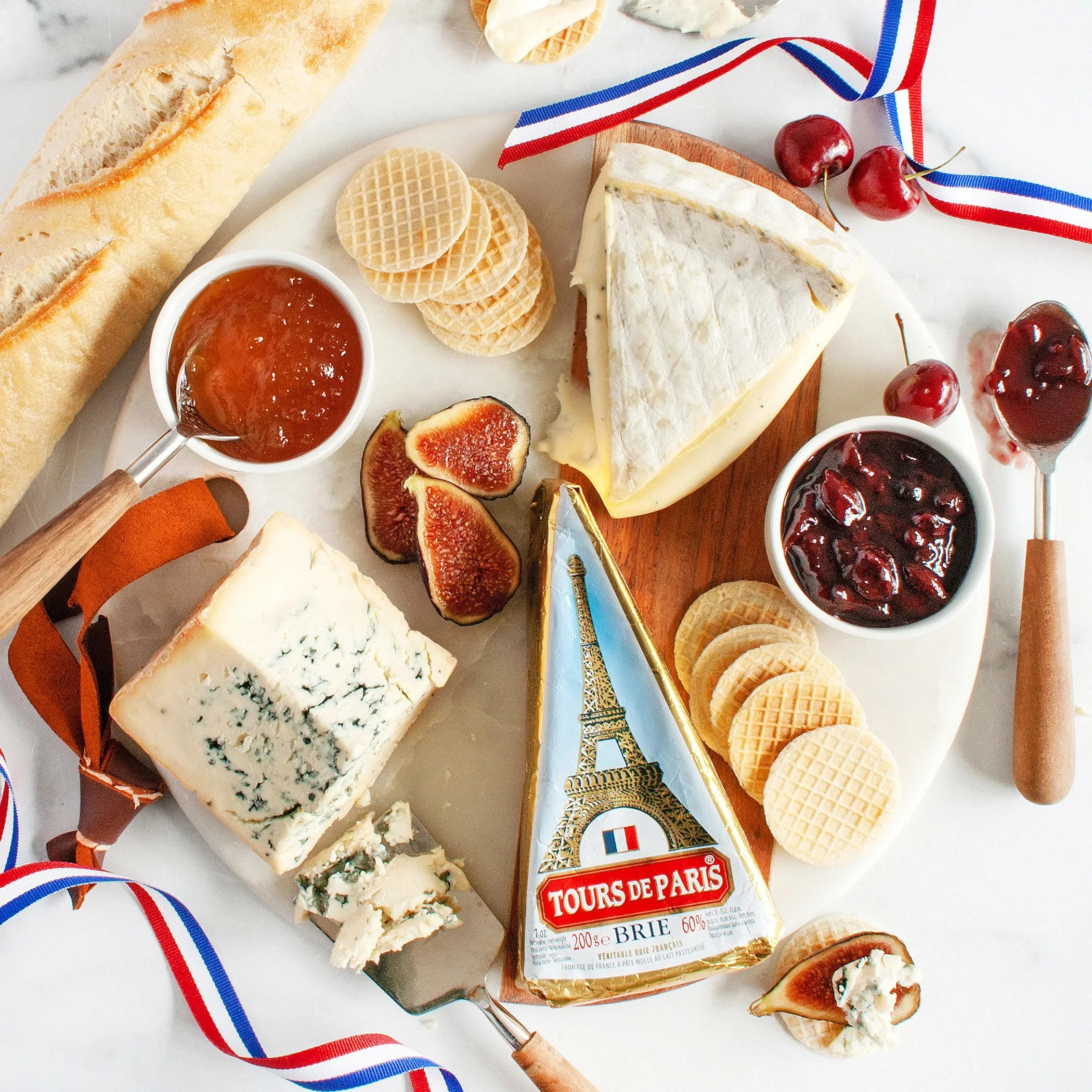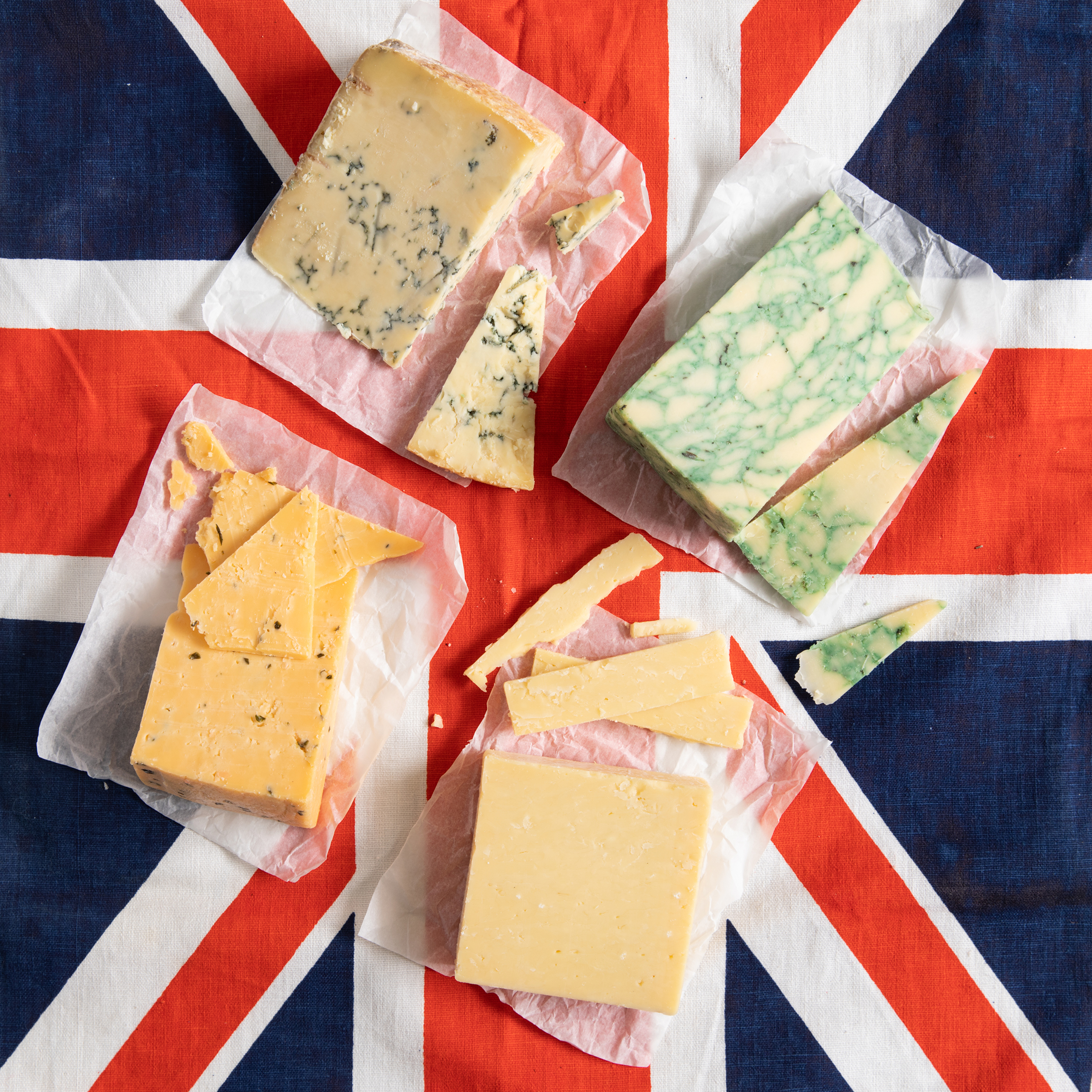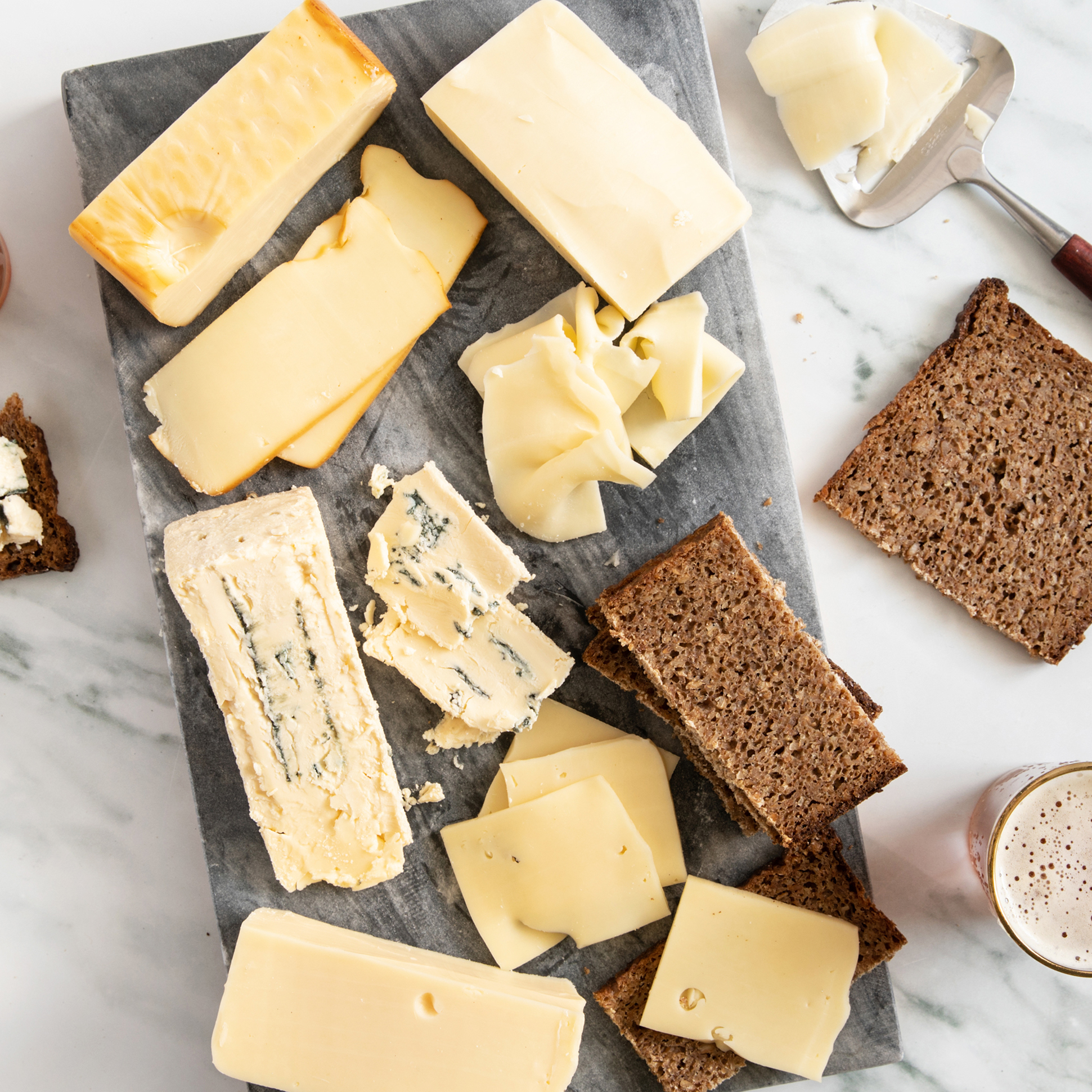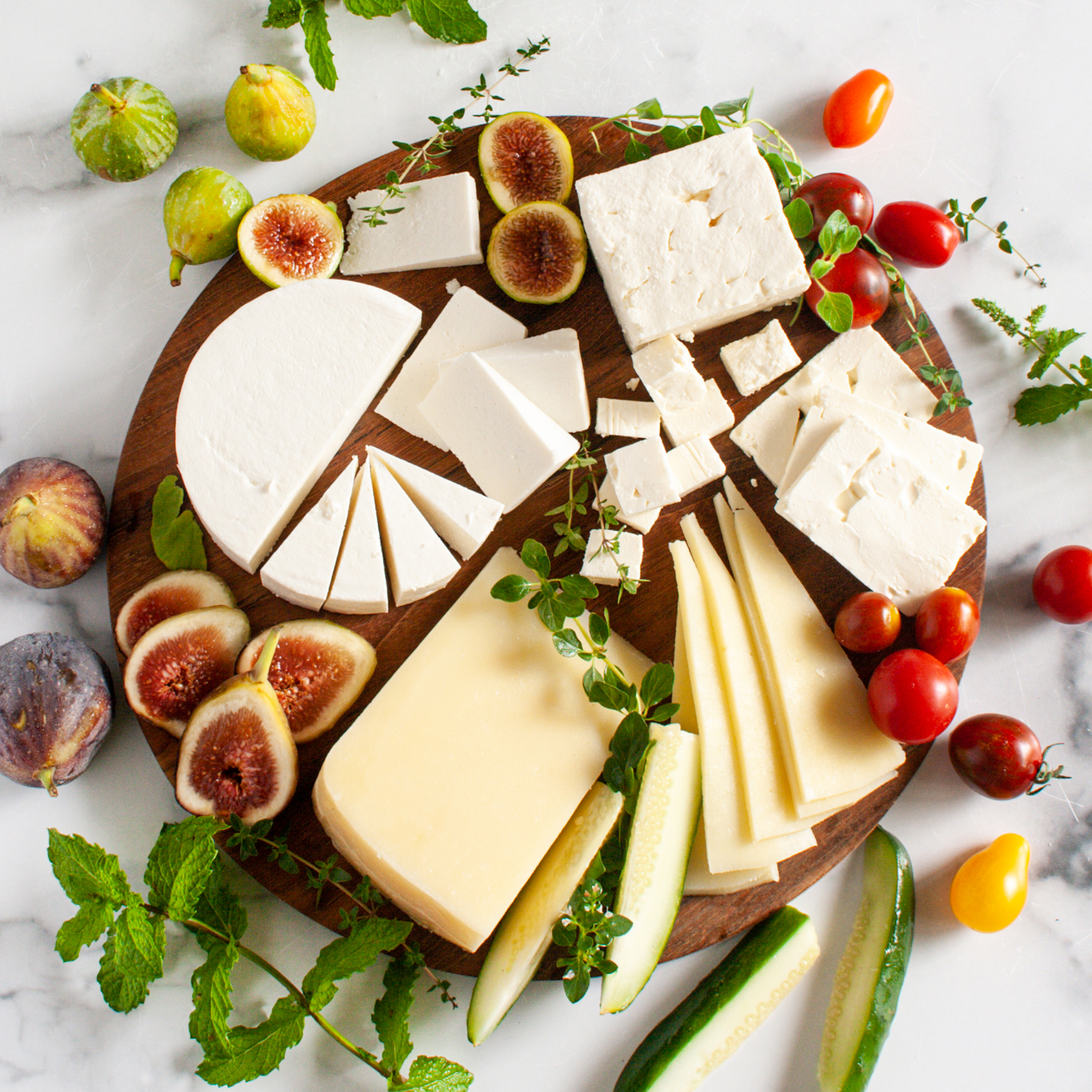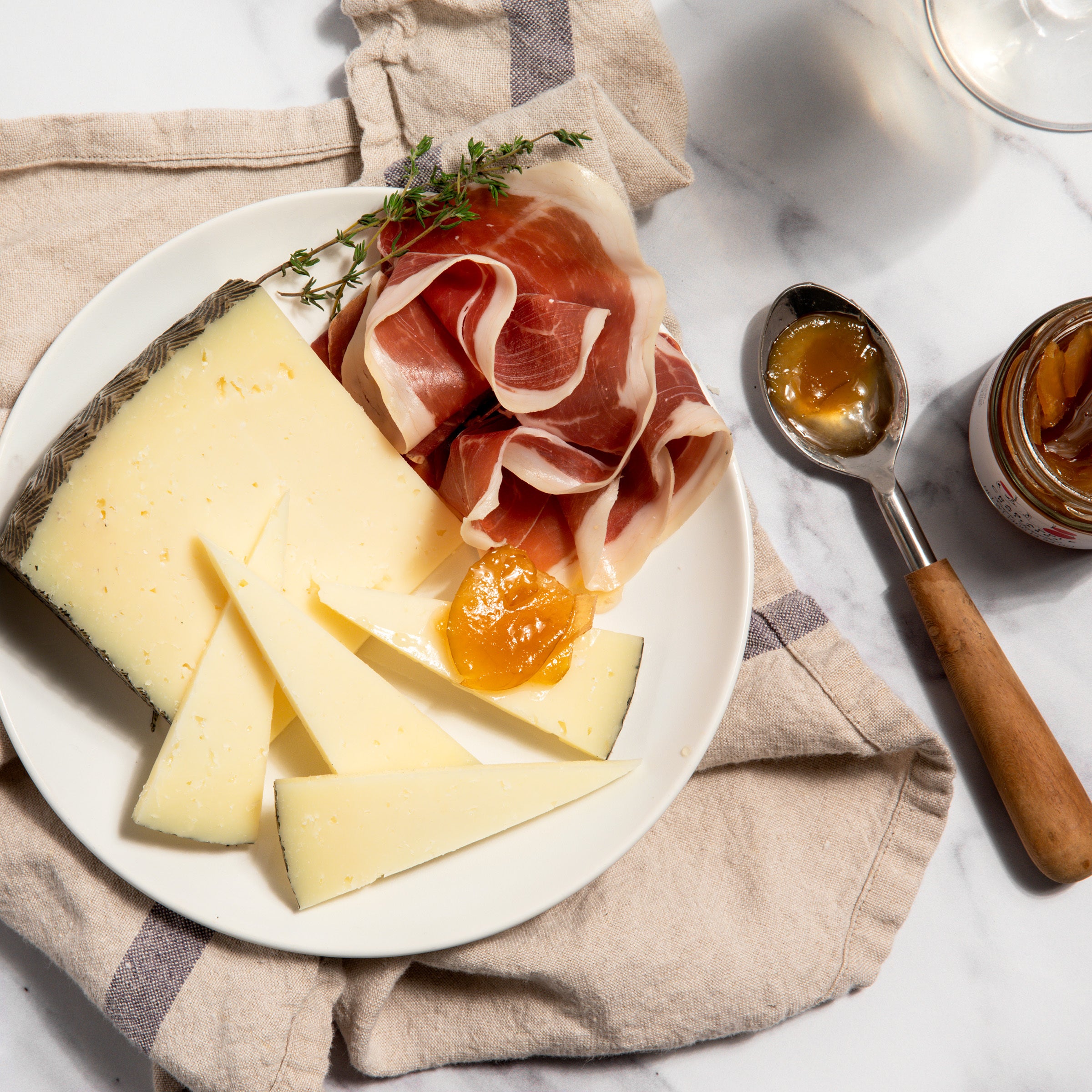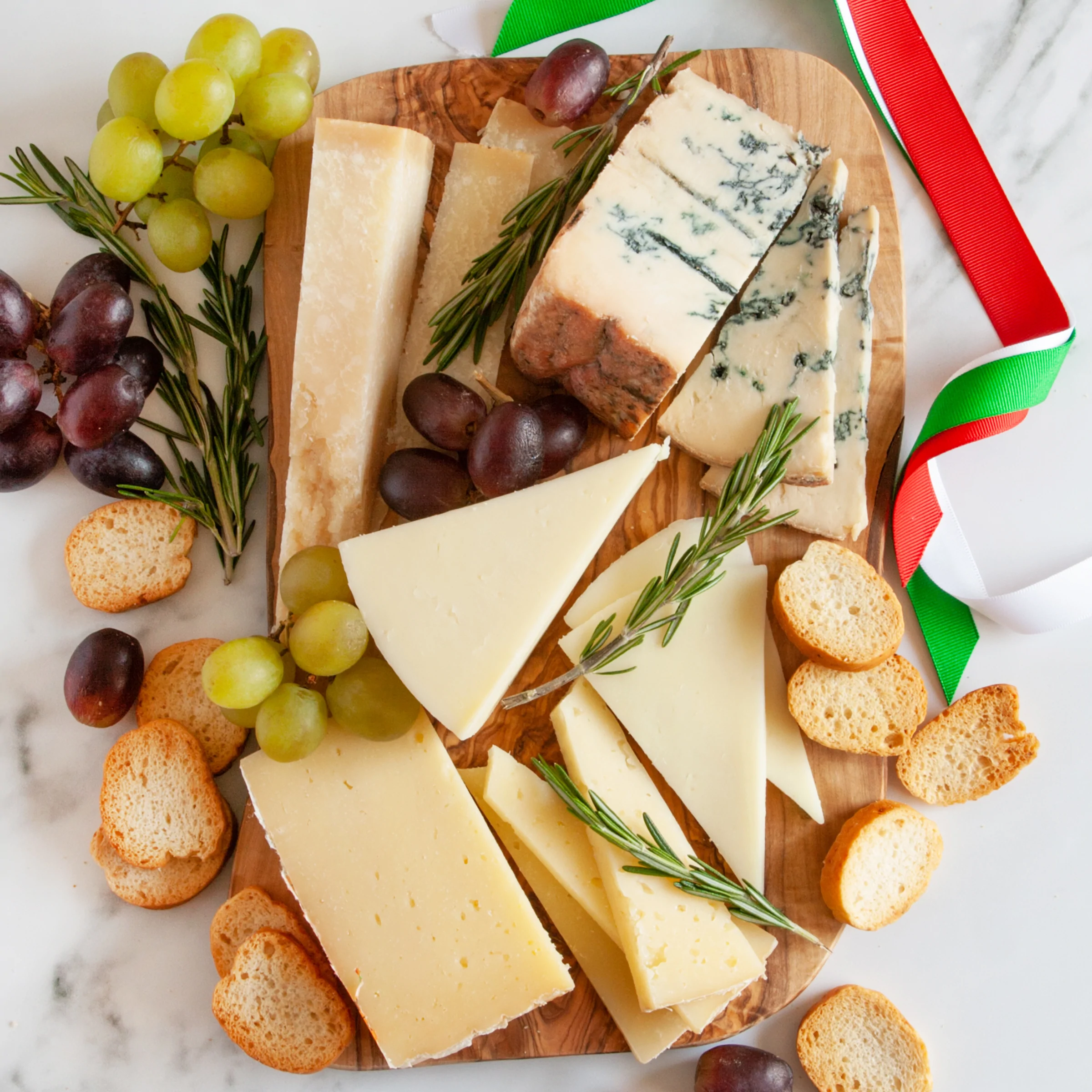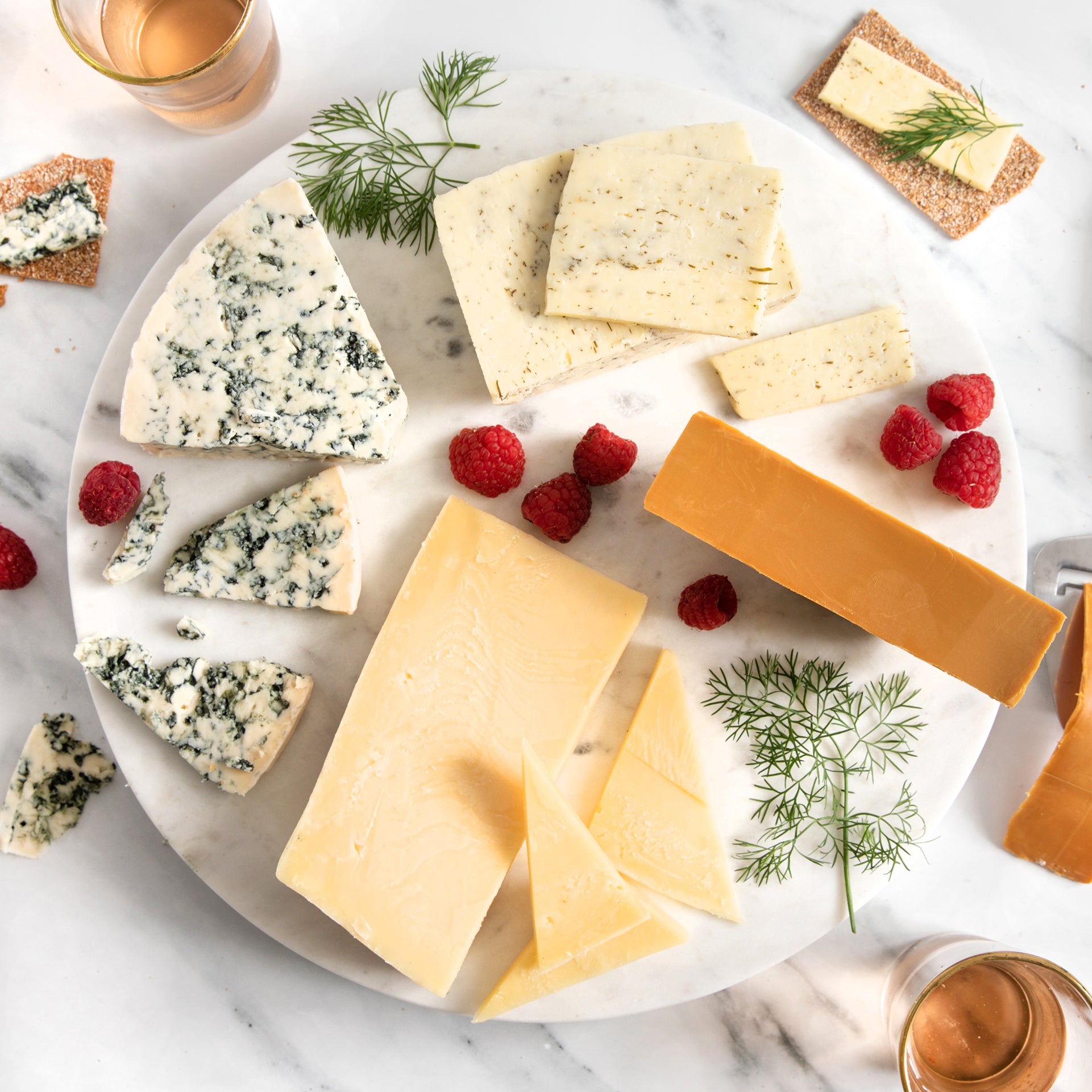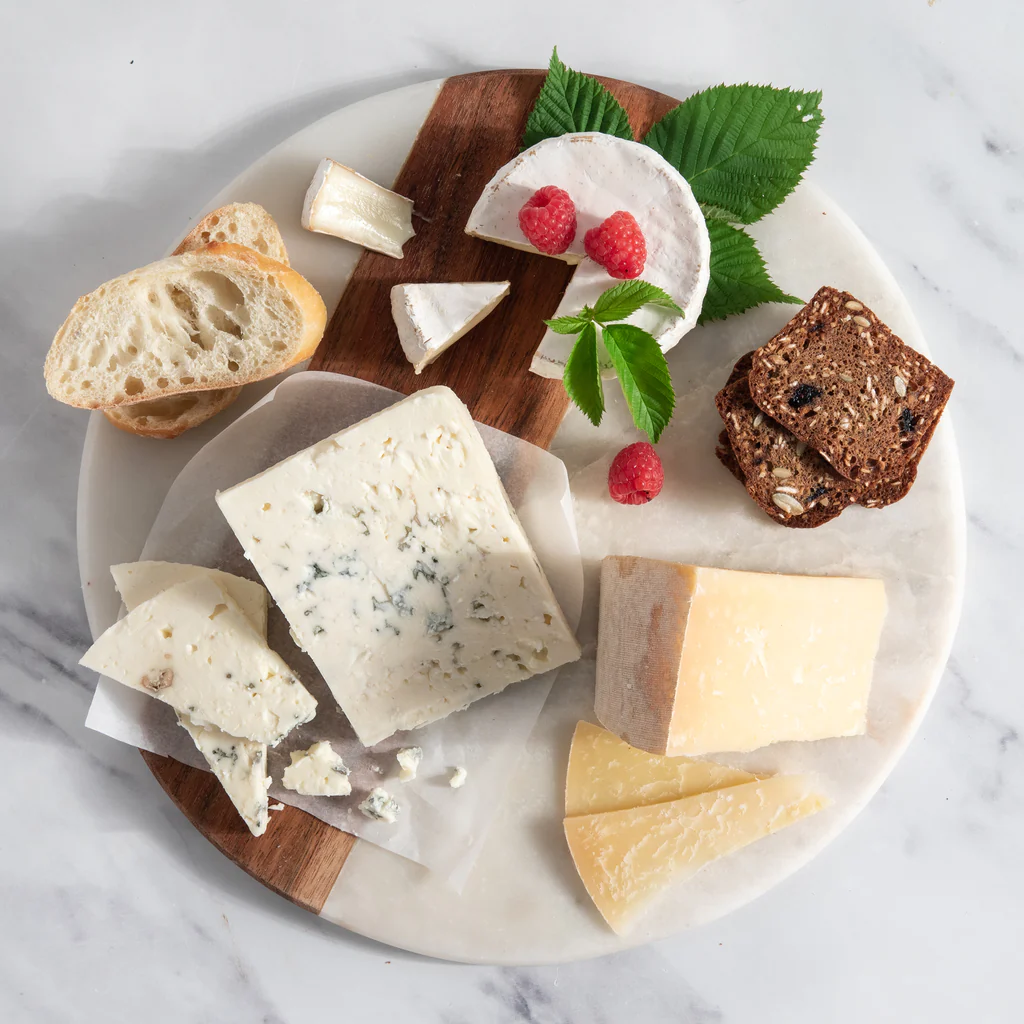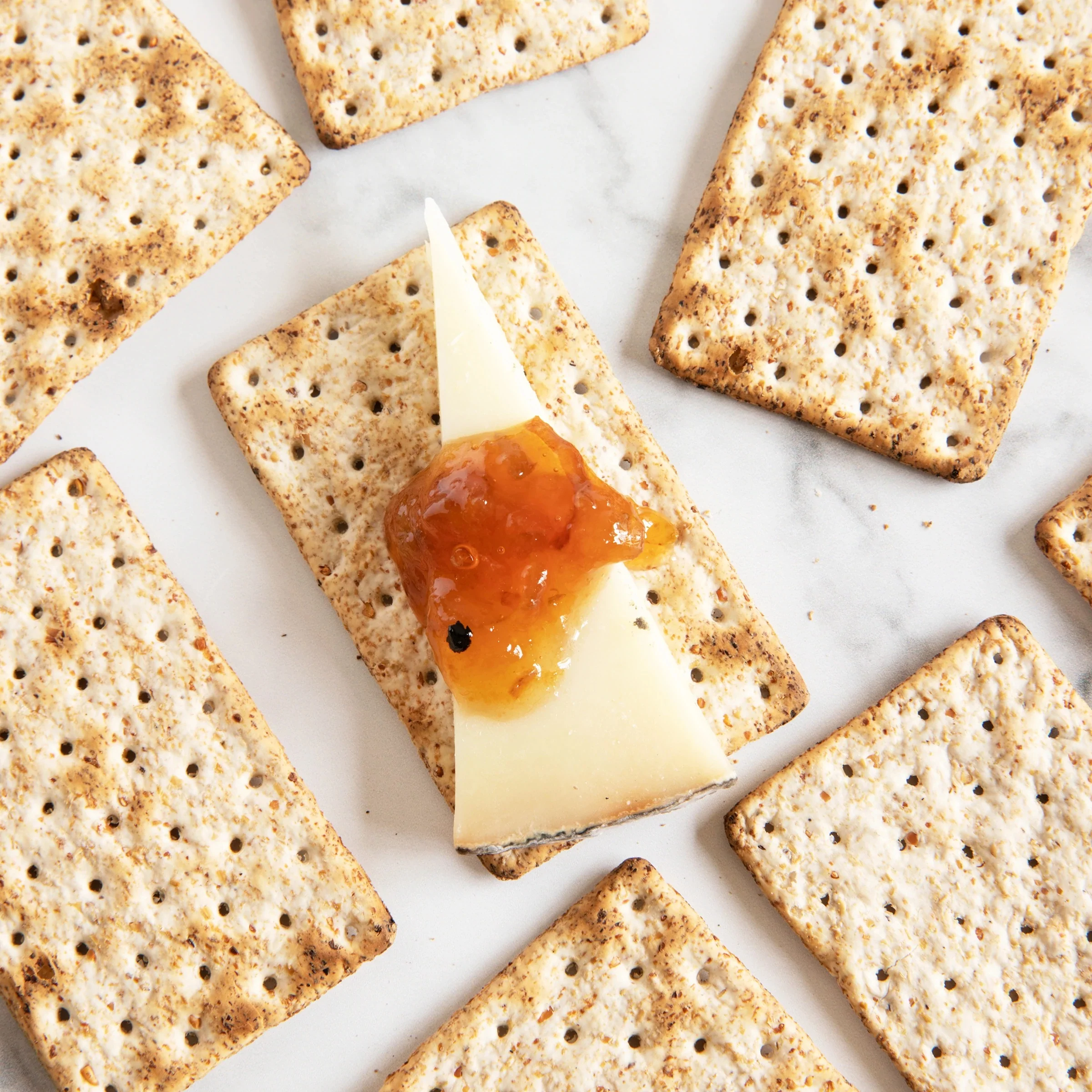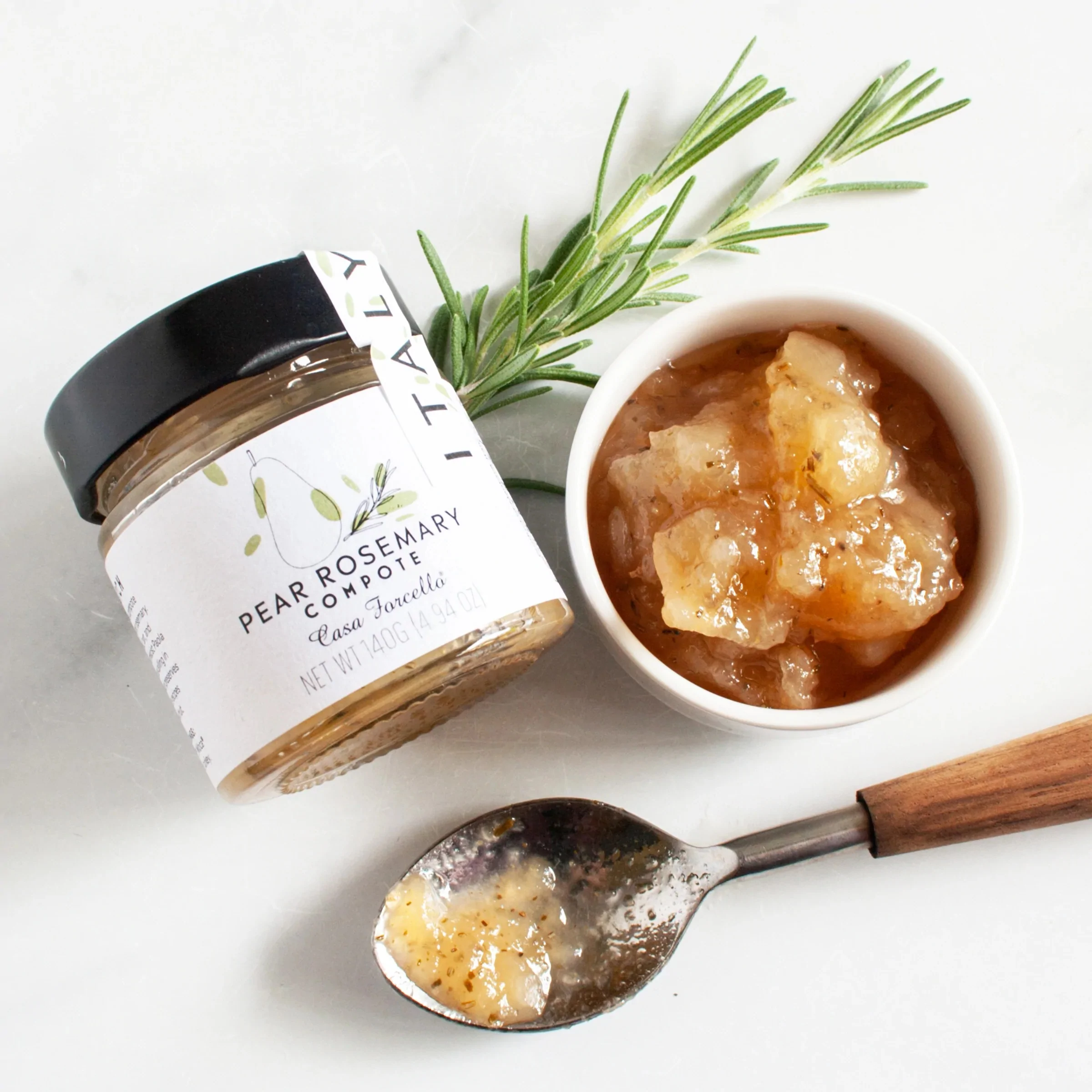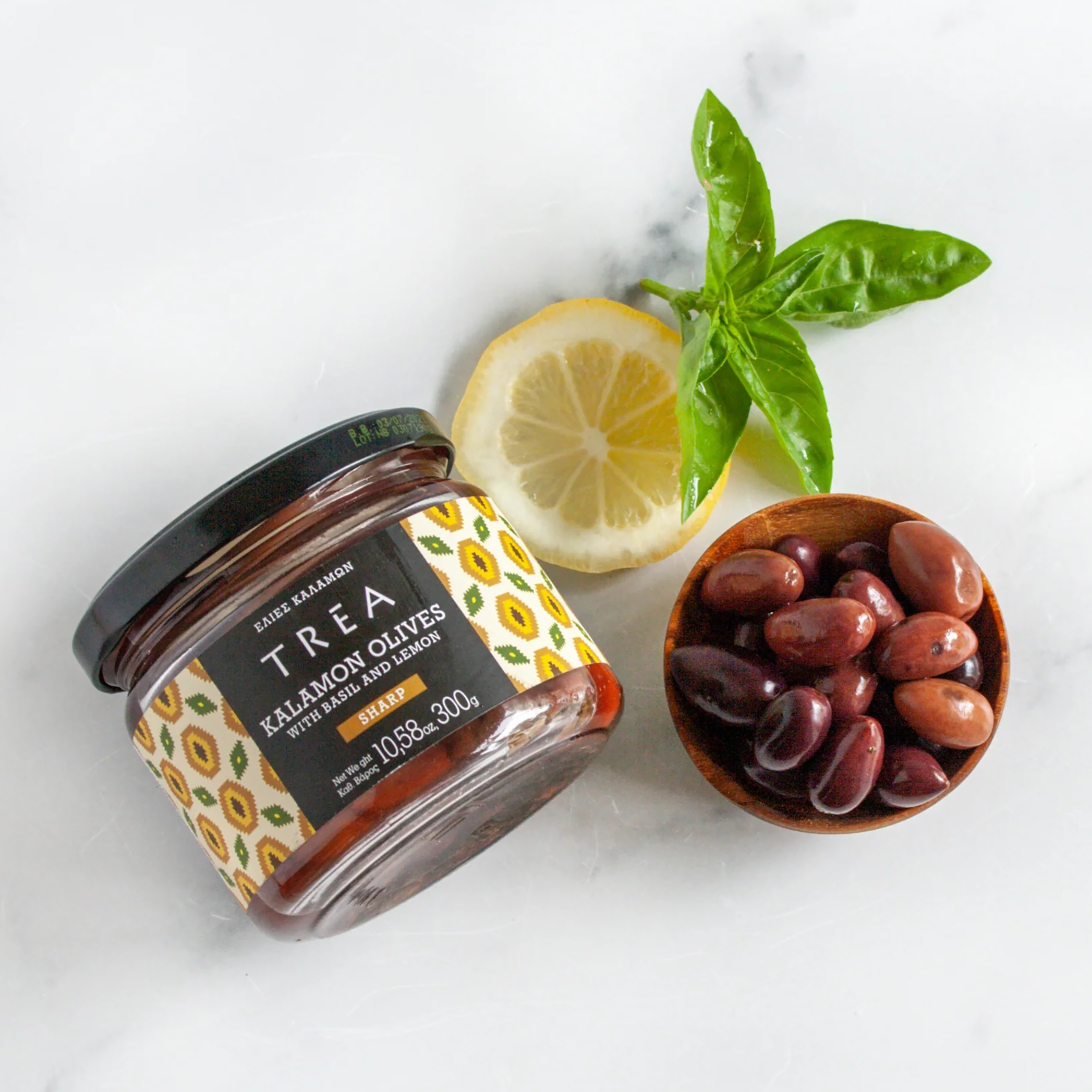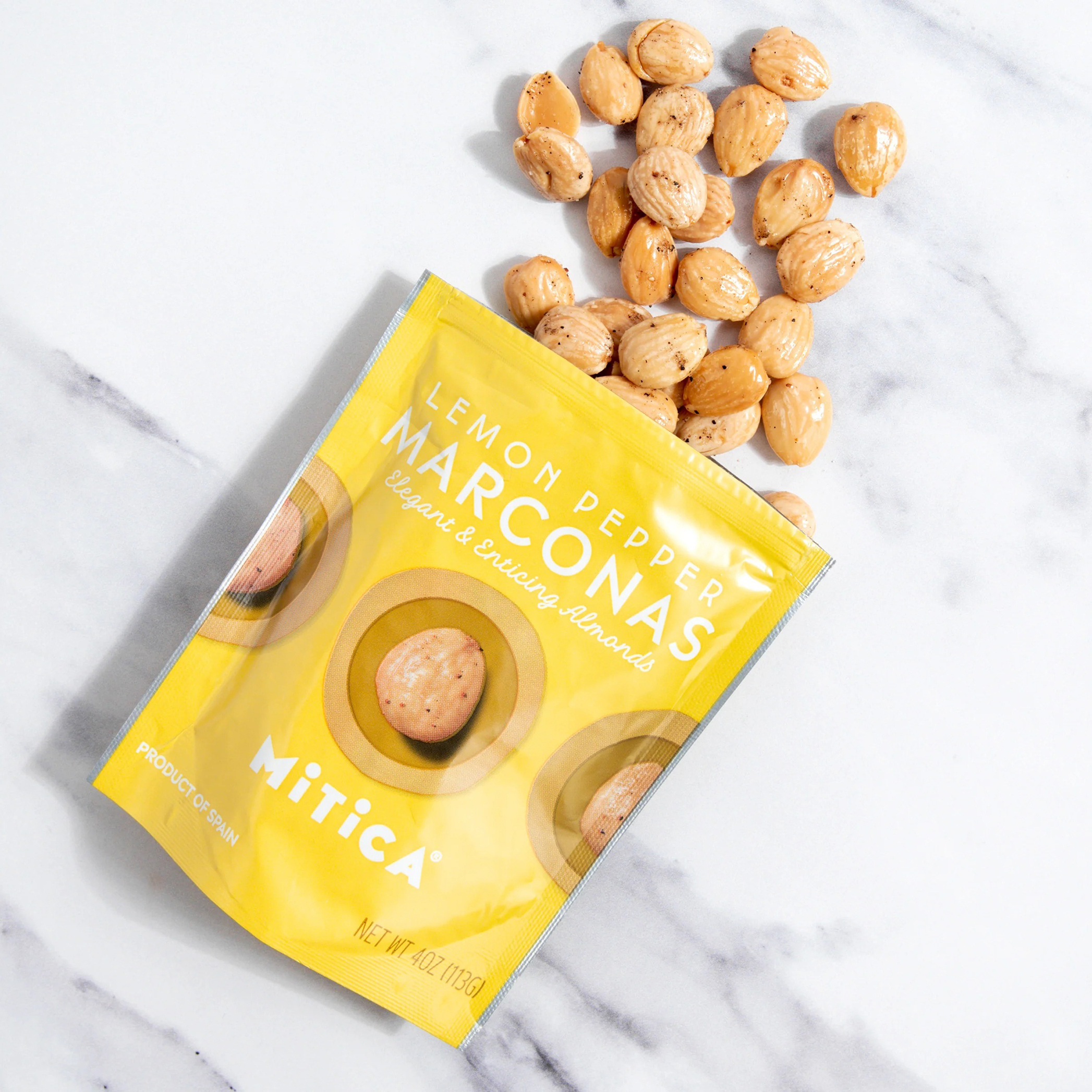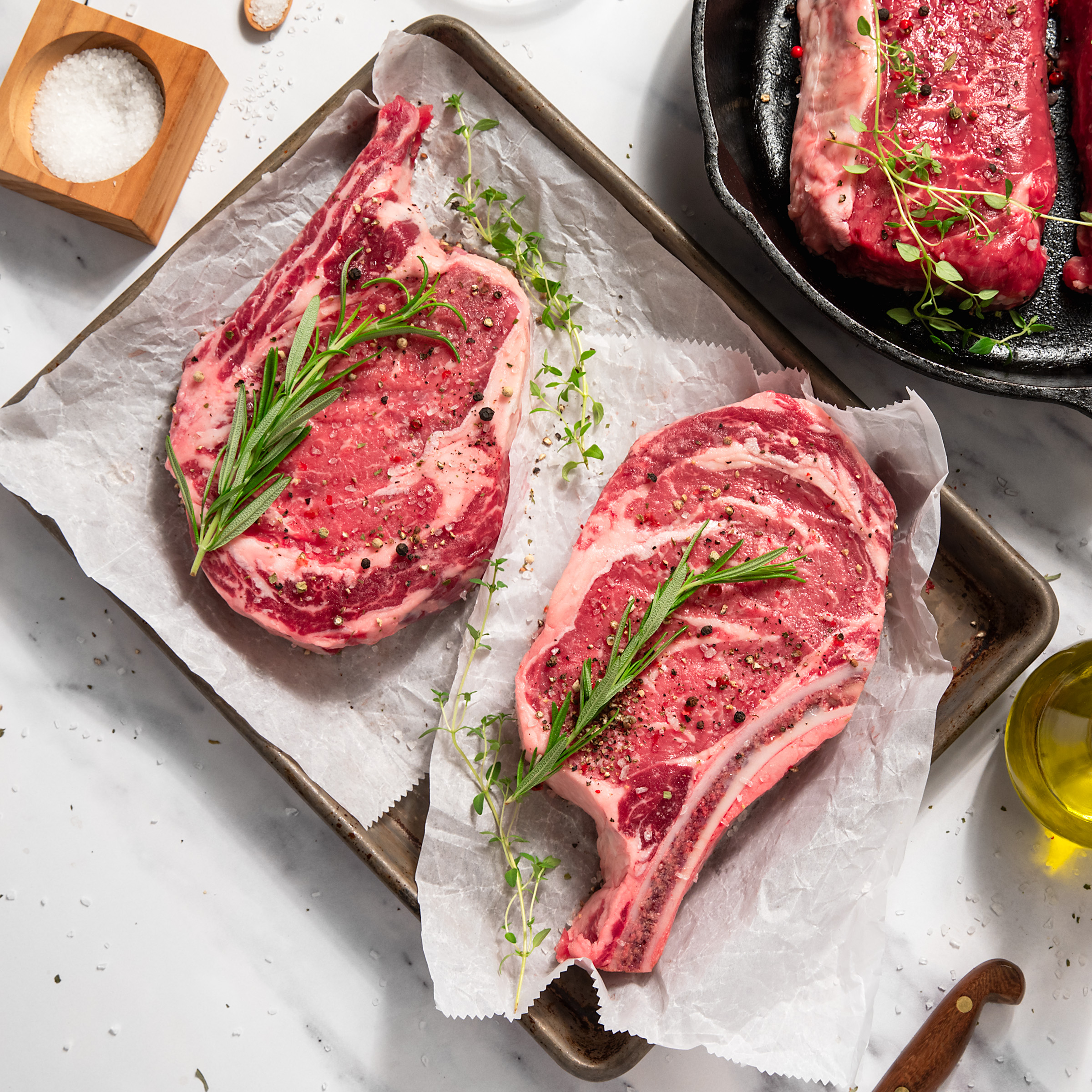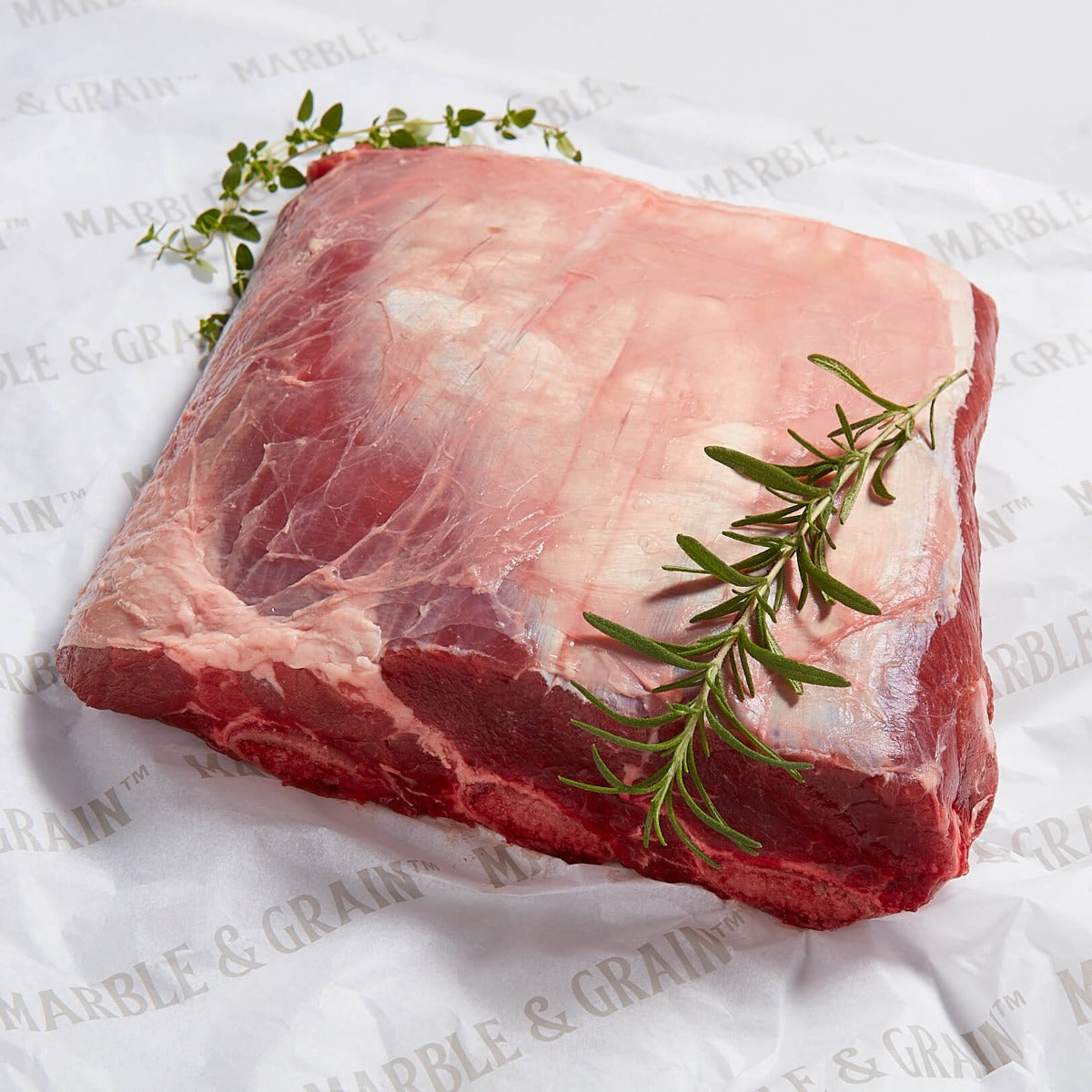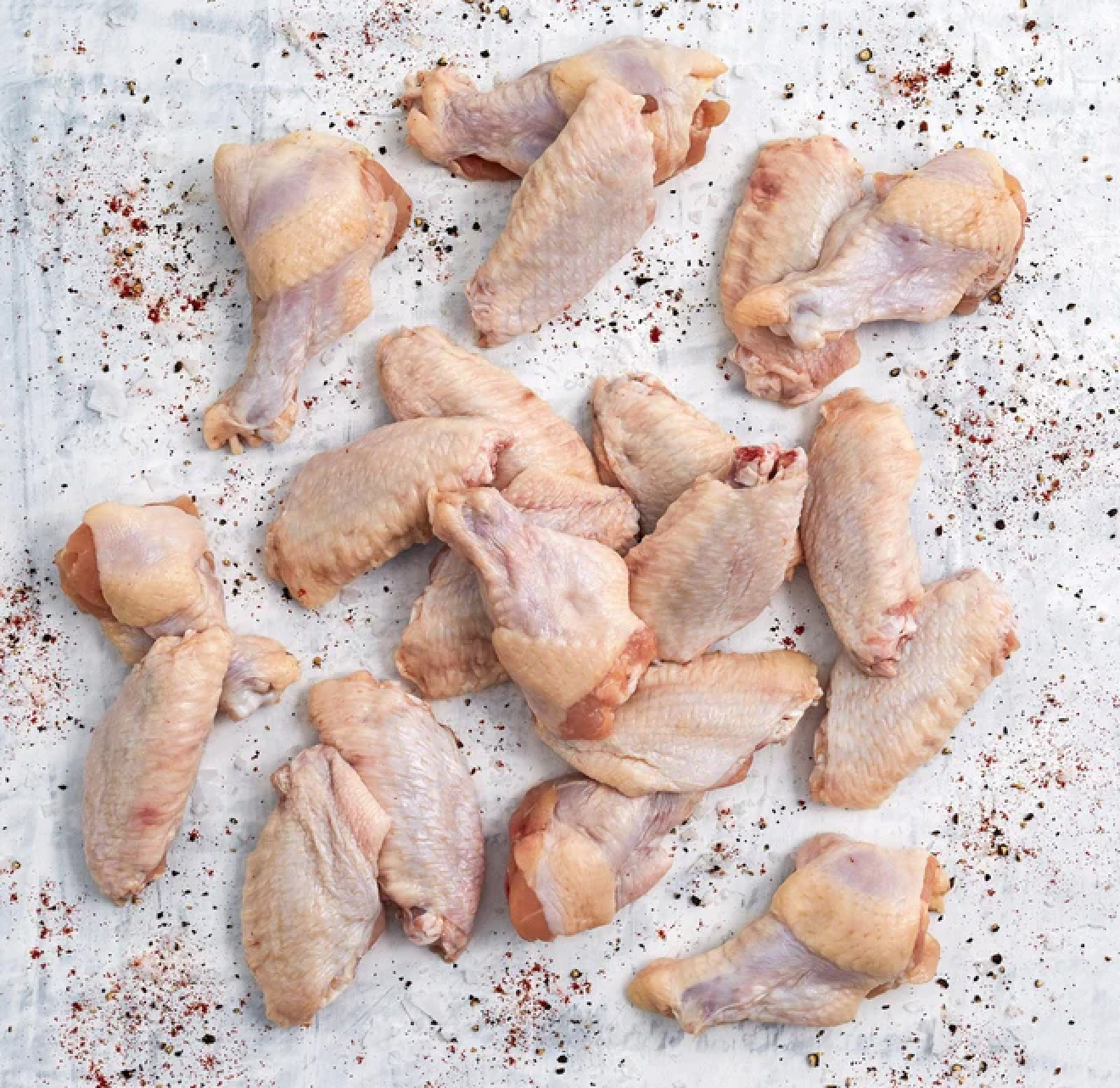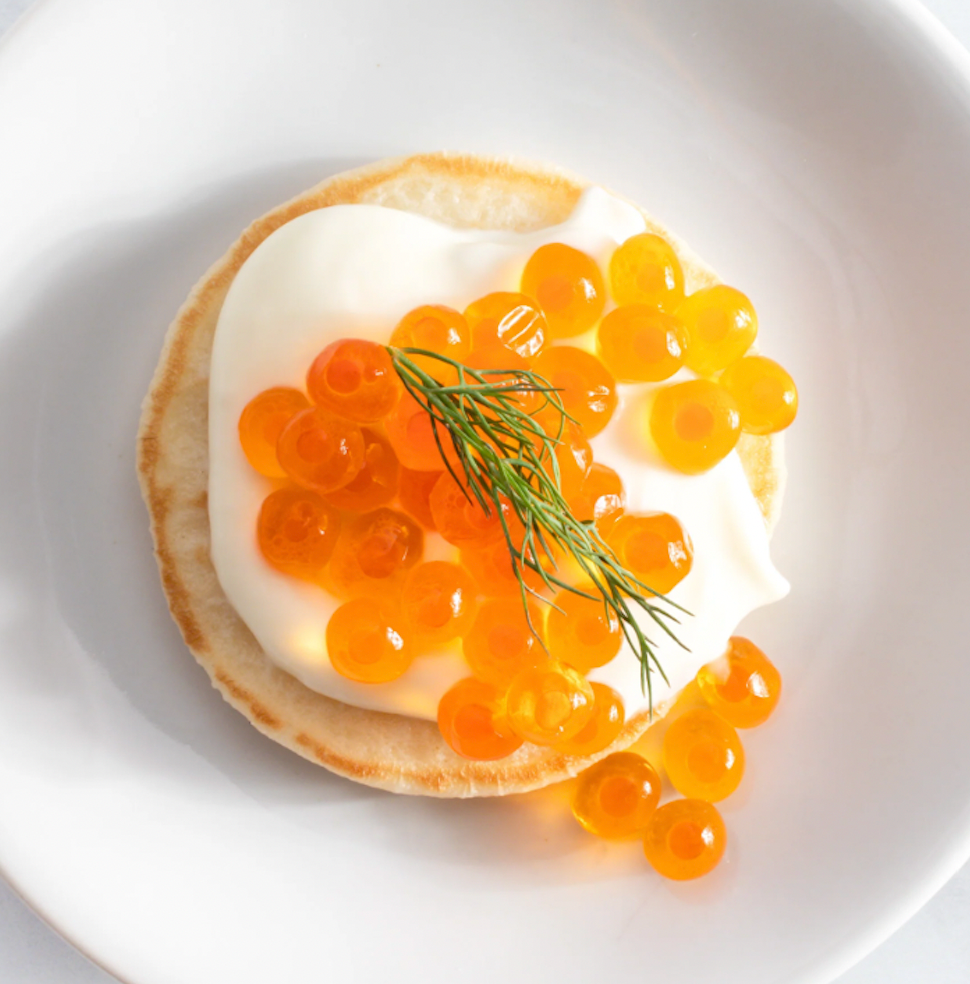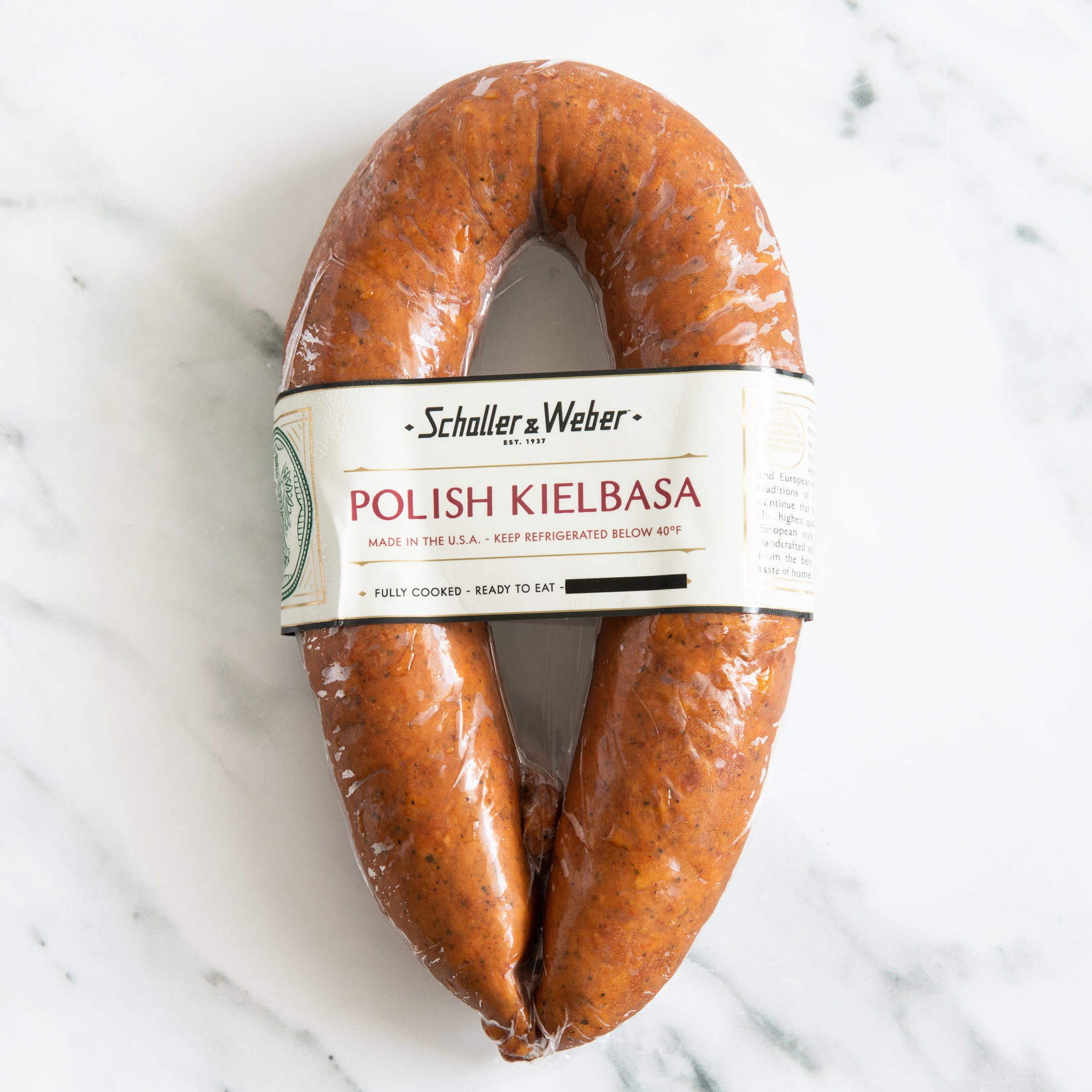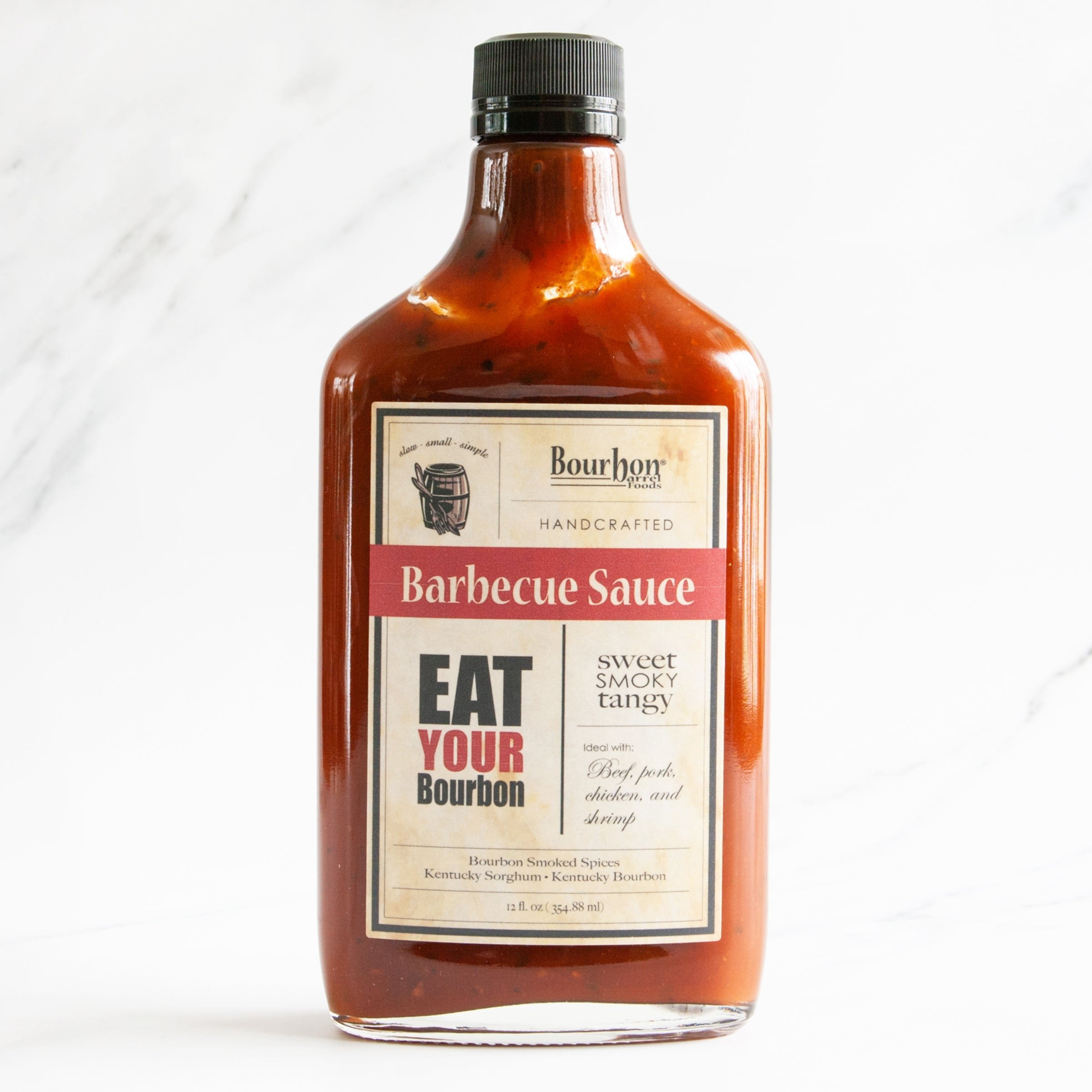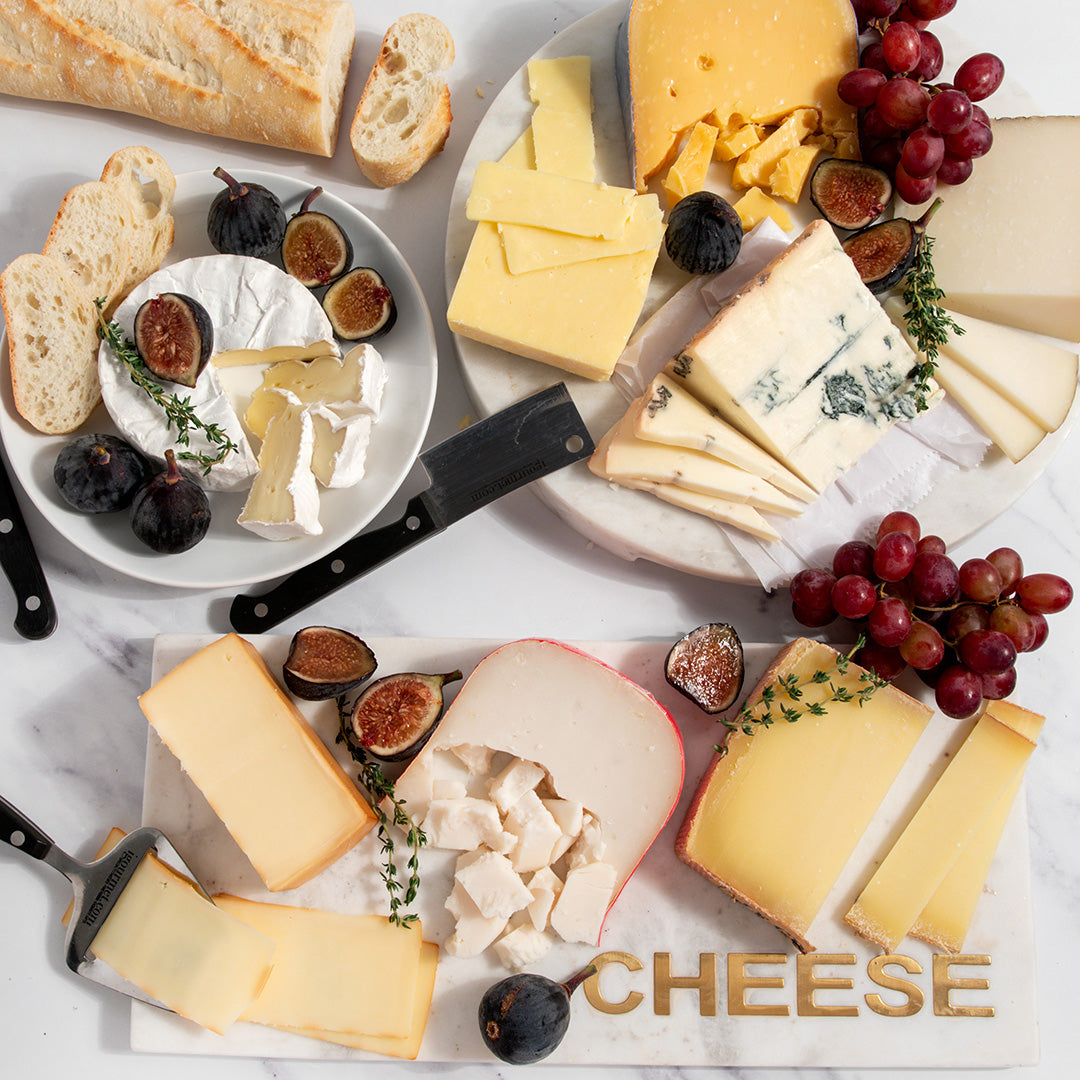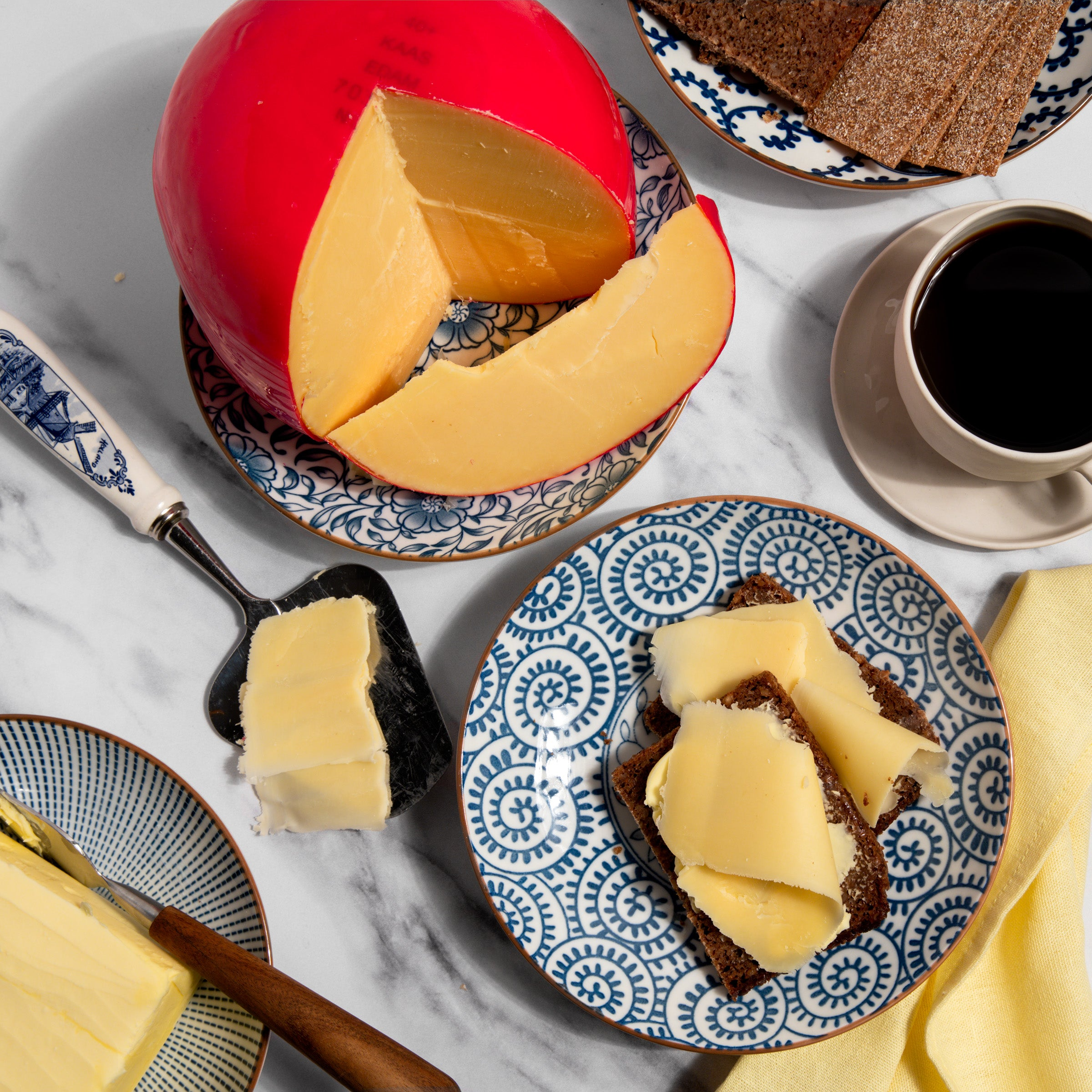Guide to Cheese Types
Caviar - Gourmet Guide
June 12, 2019 | By Dave Mattingly
Caviar is surrounded by mystique and royal trappings. A delicacy in the truest sense of the word, Caviar is the salted, processed eggs of sturgeon fish, most famously from the ancient Beluga variety. Wild sturgeon from the Caspian Sea are protected internationally, so Russia and Iran have almost entirely stopped taking wild sturgeon from the Caspian. Today, most Caviar is taken from farmed sturgeon. The eggs are removed from the sturgeon and then soaked in a salt water brine. This brine helps preserve the fragile Caviar eggs, along with enhancing the natural flavors of the roe.
With its buttery, subtle taste, Caviar can be considered like a fine wine. The region the fish comes from will impact the flavor of its roe in the same way a California Cabernet will taste radically different from a French Cabernet. This is one of the joys for the Caviar connoisseur - exploring the intricate nuances that each new experience offers.
While Caviar has connotations of Russian Tsars for many people, North America actually supplied much of the European demand in the 1900s. Ironically, a good deal of this American Caviar was then shipped back to the US from Russia, after being relabeled as "Russian Caviar" with a higher price tag.
Types of Caviar
Although some people refer to any fish egg as Caviar, the only true Caviar is harvested from the sturgeon species of fish. All other fish eggs should be referred to as roe. Today, many species of fish are used to produce high quality roes marketed as Caviar. Among these, trout, salmon, and whitefish are the most popula for their roe.
While there are twenty-six species of Sturgeon, the four most valuable all live in the Caspian Sea. These four are the Beluga, Osetra, Sevruga, and Sterlet. Belugas, being the largest, can live for up to 150 years and weigh one ton. Many connoisseurs consider Beluga Caviar to be the best, which put excessive demands on the species. As of today it is illegal to import Beluga caviar into the US and also illegal to transport any remaining Beluga caviar that is in the US across state lines.
The roe of the Osetra has a slightly stronger flavor than the Beluga, but it is the Sevruga roe that tastes the strongest, along with producing the smallest eggs. The smallest sturgeon, the Sterlet, has larger roe that the Sevruga, but a mild taste. Because the Sterlet was prizes as a food source, it was fished almost to extinction.
Serving Caviar
When enjoying Caviar, make sure to just relax and not overcomplicate the experience. To allow the delicate flavor of the caviar to come through, serve the caviar on a plain base, such as the traditional buckwheat blini. Plain crackers, toasted brioche, or challah bread are all perfect substitutes. You can then top with a small dollop of crème fraiche on the blini, then add the caviar. For the purist, just enjoy the caviar by the spoonful will no adornment, pressing the eggs against the roof of your mouth with your tongue until they pop.
On the subject of serving Caviar, never use metal. The delicate nature of Caviar is so fragile that using a metal bowl or spoon will give the caviar an “off” flavor of a metallic tang. In haut cuisine, Caviar should be served in a bowl made of ice with a pearl or bone spoon. If you don’t have the luxury of such serving wear, glass will work fine. If all else fails, use plastic before you ever consider using metal serving ware.
Fish may shine though with a squirt of lemon, but do not apply acidic liquids to caviar, as this can neutralize any flavor you’ve paid for.
Storing Caviar at Home
Caviar should be stored in the refrigerator, with the tin placed in a bowl of ice. Although you may not think so, your refrigerator is actually too hot to adequately store caviar. That being said, caviar should never be frozen. An unopened tin will stay fresh for two weeks, but once opened it should be consumed in two to three days.
Sustainable Caviar
Although long considered a luxury item, reserved for a lucky few, demand for Caviar has actually led to overfishing. Coupled with pollution of the Caspian sea in which most sturgeons make their home, many caviar companies are looking to sustainable fishing practices to supply their customers.
igourmet.com works with Caviar & Caviar to offer a full-range of caviar. Caviar & Caviar is a leader in caviar in the US. Their caviar is Persian Processed under the exclusive brand of Sasanian Caviar.
To find the best caviar and gift baskets online, begin your search at igourmet.com.







